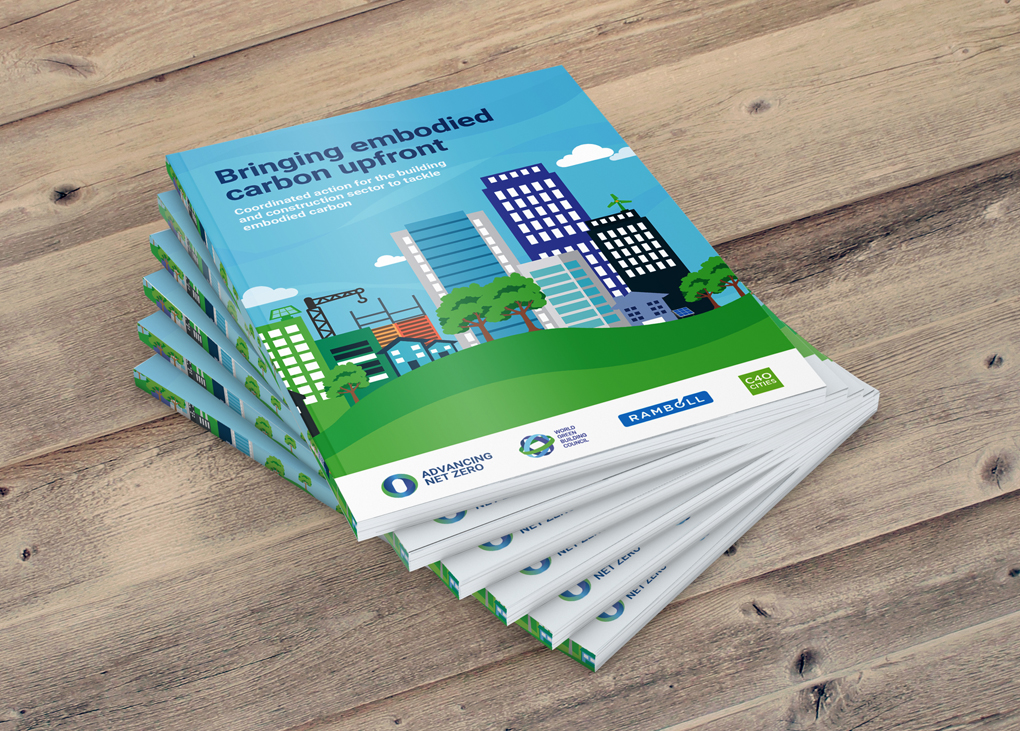A new report from the World Green Building Council (WorldGBC) has called for a bold new vision to transform the buildings and construction sector from a major cause of the climate emergency into a major solution.
Bringing Embodied Carbon Upfront shows that buildings are responsible for 39 per cent of global carbon emissions. Reducing the emissions of the building sector is one of the cheapest ways to lower emissions and combat climate change.
Although there are already many initiatives and projects that focus on creating “net zero” or “carbon positive” buildings, these tags are often based on how much energy is used during day-to-day operations. The emissions created to produce materials and during construction are often left out of the equation.
The Australian Sustainable Built Environment Council (ASBEC) is a signatory to the report, and ASBEC President Ken Maher has underlined the importance focusing on embodied carbon.
“Until now, the focus has been on operational carbon – the emissions produced by heating, lighting, and cooling our buildings once they are built,” says Maher. “Embodied carbon – the emissions produced making, transporting, and disposing of building materials – has largely been overlooked, but it contributes around 11 per cent of global emissions.
“The WorldGBC’s vision that by 2030 ‘all new buildings, infrastructure and renovations will have at least 40 per cent less embodied carbon with significant upfront carbon reduction, and all new buildings must be net zero operational carbon’ dovetails with ASBEC’s work in Australia.”
ASBEC points out that many of the products used in Australian buildings have international life-cycles. Raw material might be mined in one country, transported to another for manufacture, and then brought to Australia to be used and disposed of at end of life.
But there is no standard method for measuring the carbon used in these processes. Bringing Embodied Carbon Upfront proposes a coherent set of tools for accounting for this carbon in building products.
“The report makes it clear that the building sector needs to take coordinated action to understand product lifecycles and processes,” says ASBEC Executive Director Suzanne Toumbourou. “Here in Australia, ASBEC creates collaboration across the building sector to achieve a common vision and establish clear policy pathways to lowering emissions. We showcase the fact that many of our market-leading members are already demonstrating best practice when it comes to reducing carbon emissions.
“Global companies like Skanska have said they are willing to work on this, and Australian company Lendlease is used as an example of best practice in Bringing Embodied Carbon Upfront, for their work with engineered timber. By adopting the tools in the report, we’ll know how much carbon has been emitted in the production of building materials, so we can compare like with like.”
The WorldGBC recommends that by 2020, all countries need national roadmaps to net zero. ASBEC has partnered with ClimateWorks Australia to create Built to Perform, an industry-led roadmap to a zero carbon-ready zero building code. And the Council of Australian Governments Energy Council has created the Trajectory for Low Energy Buildings, both of which focus on operational emissions.
ASBEC says that the next step is to work together on progressive embodied carbon reduction targets.
“Climate change and rising emissions are a global challenge,” says Professor Maher. “The fact that the buildings and construction sector operates at global scale means it’s a complex task to understand exactly what emissions are created by the entire life-cycle of our buildings. By understanding and addressing this life-cycle, we can deliver a powerful response to the challenge of climate change, and build a better future for all of us.”
Read the report here.
 Mark Vender
Mark Vender


Leave a Reply